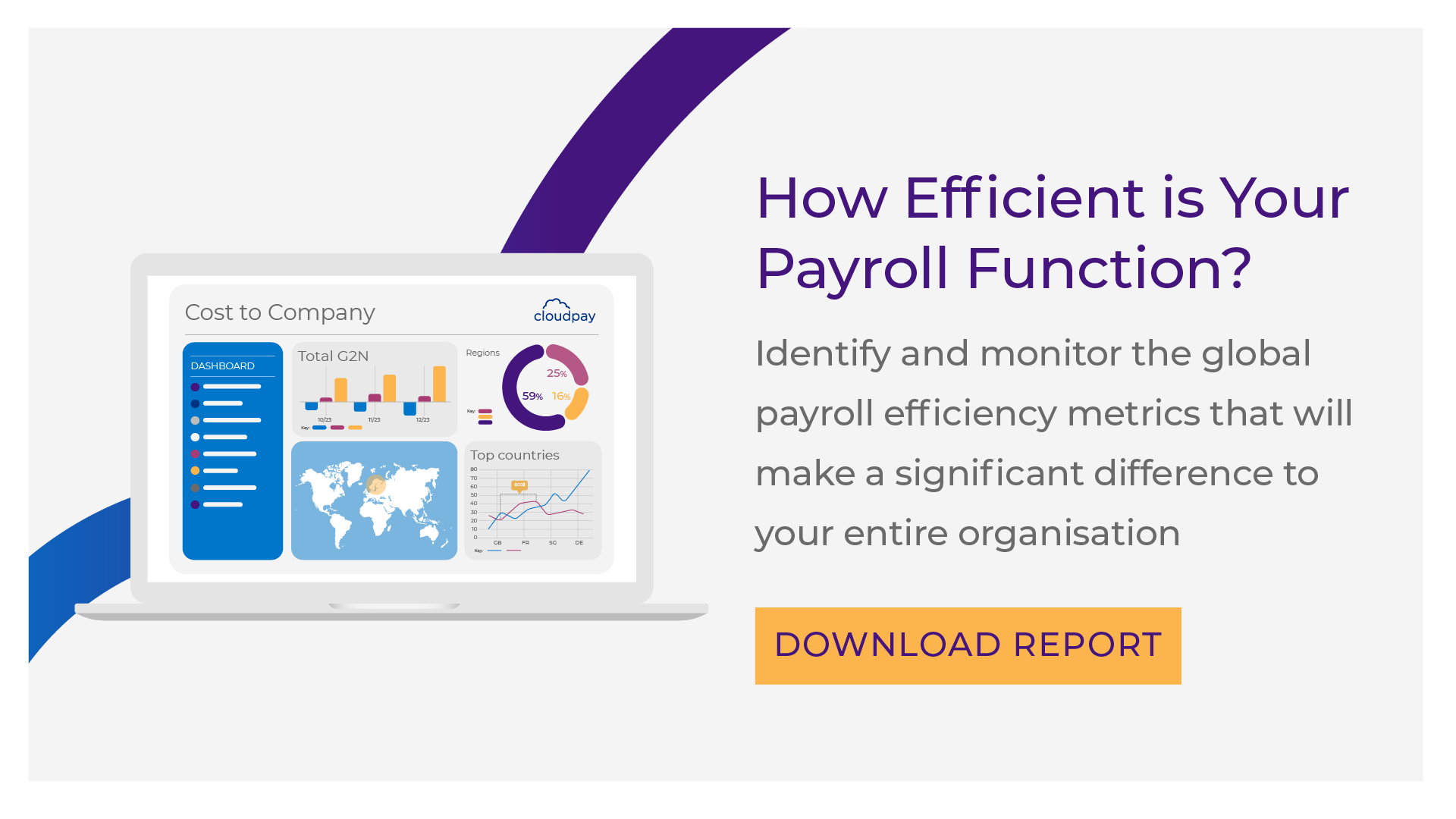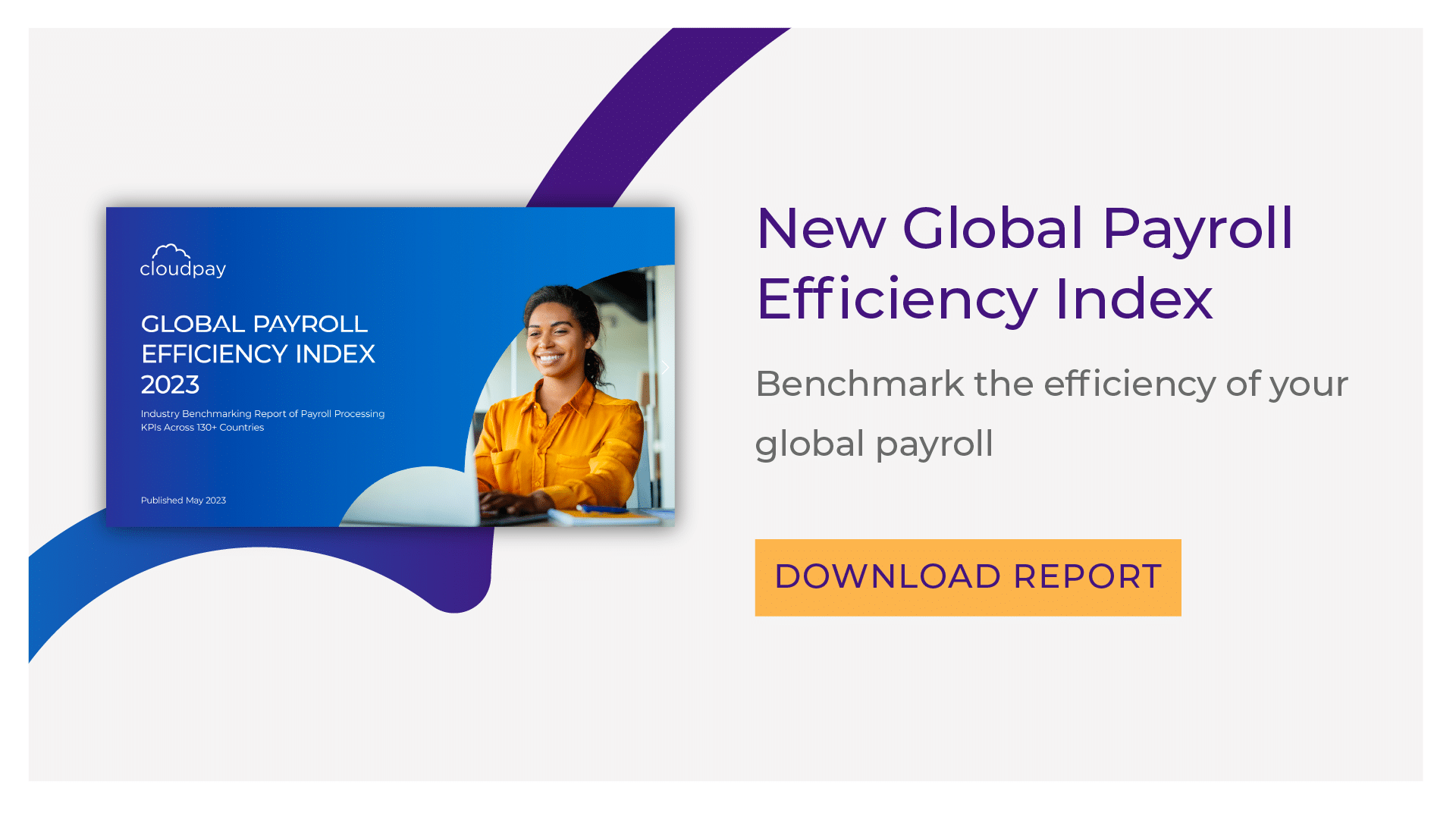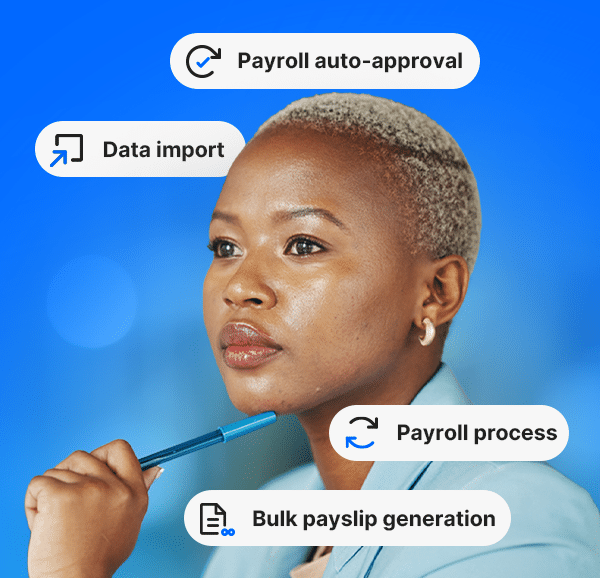The cost of living crisis is affecting billions of people all over the world. A combination of high inflation and wage increases that aren’t always keeping up have stretched many people’s finances, as housing, energy, transport, and food costs have all sharply risen, among other areas of spending. For some, this recent economic turbulence has left them struggling to keep a roof over their head, feed their family or heat their homes.
This has a knock-on effect for businesses, whether they’re able to accommodate employee requests for pay rises or not. If employees are struggling to make ends meet, then they will naturally feel more worried and stressed both in and out of work, which can affect their physical and mental well-being. Furthermore, it can also affect their performance in their jobs, and lead to a deterioration of morale within the workplace.
Every business, therefore, needs to respond to the demands of this crisis – and innovating with payroll can play a major part in that response. This blog details how that can work in practice.
Why is the cost of living crisis leading to increased payroll innovation?
As referred to above, the simplest way for businesses to help their employees deal with higher costs is to award them pay increases. However, not every employer is in a position to do that: after all, businesses are facing higher costs for goods and services, too. This makes for a very tricky balancing act, where employers want to support their workforce in any way they can, but without sacrificing their profit margin or their viability as a going concern.
Instead, many employers are looking at ways to make pay more employee-centric and more flexible, so that payroll is a help rather than a hindrance. At a time when many employees are on a financial knife edge, they are more likely to be receptive to any support measures coming their way.
What kinds of innovation are we seeing and what impact is it having?
One major area of development is in unshackling employees from the restrictions of a payroll cycle. When finances are tight, even the smallest unexpected bill (for example, a new tire for a car) can have major long-term ramifications. And if an employee only gets paid monthly, and has to use a credit card or a loan to cover these expenses, they can quickly find themselves in a spiral of debt that is difficult to escape from.
This is why on-demand pay (also known as Earned Wage Access) is gaining so much traction. This is where employees can independently access an online platform where their wages accrue day-by-day, or shift-by-shift. They can view how much they have accrued at any given time, and withdraw however much they need, whenever they need it. This is helping them gain much more financial resilience, and deal with sudden expenditure, even if their actual rate of pay is unchanged.
This is helping reduce stress and anxiety levels within workforces, and in many cases forms part of a multi-faceted approach to improve employee wellbeing. Another innovation here has come through the closer integration of payroll systems with Human Capital Management (HCM) platforms. Businesses are able to make better decisions thanks to integrated data and automated data input that reduces human error, while automation itself is reducing the strain on payroll teams specifically.
This greater focus on payroll innovation supporting employee wellbeing is reflected in the results of our recent Payroll Efficiency Index (PEI) report, which tracks a selection of core KPIs to measure payroll performance. This year’s report, based on 2022 data, found that performance had improved or held steady across every metric, suggesting that payroll teams are already starting to innovate. As an example, the reduction in data input issues that the report measured could be linked to the closer integration between payroll and HCM.
What does the future hold?
In the months and years ahead, it’s likely that payroll teams the world over will continue to innovate as much as they can, irrespective of how the cost of living crisis develops. We expect to see greater interconnectivity between payroll, HCM, and payments/treasury, and for the resulting gains in payroll performance to be reflected in future PEI reports.
From an employee perspective, this is good news, as it means all the helpful measures that businesses have adopted recently through challenging times will be here to stay. Employees will feel valued and comforted that their employer is taking all reasonable steps to support their mental and financial wellbeing – and given how hard it can be to acquire and retain top talent, the value of this can’t be overstated.
Explore the current state of play in global payroll by downloading the full 2023 PEI report, then discover more on the modern pay experience with CloudPay.




